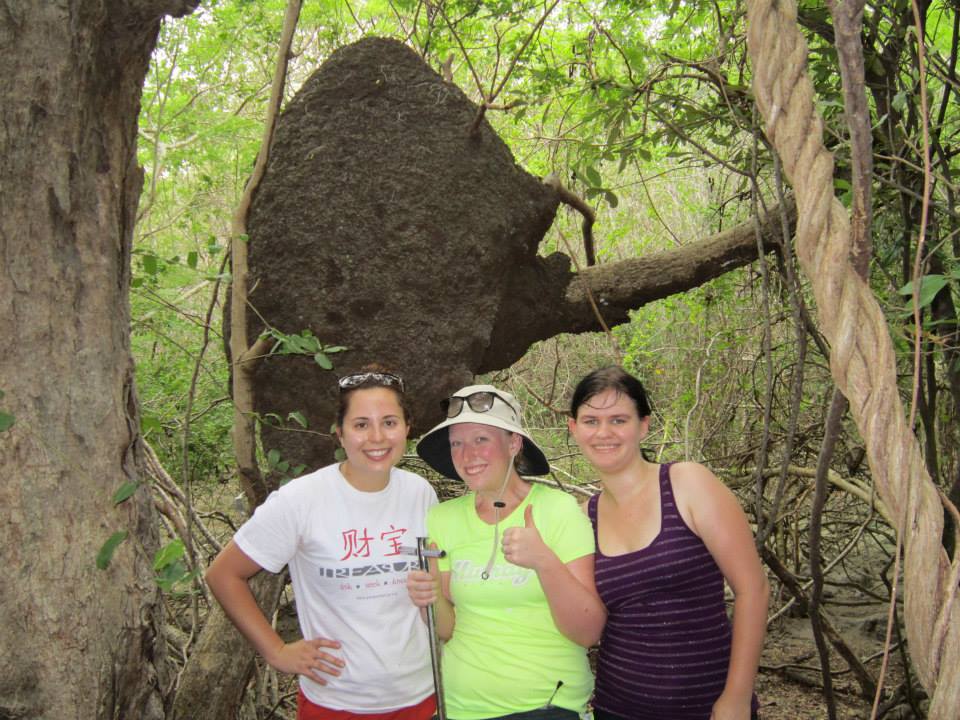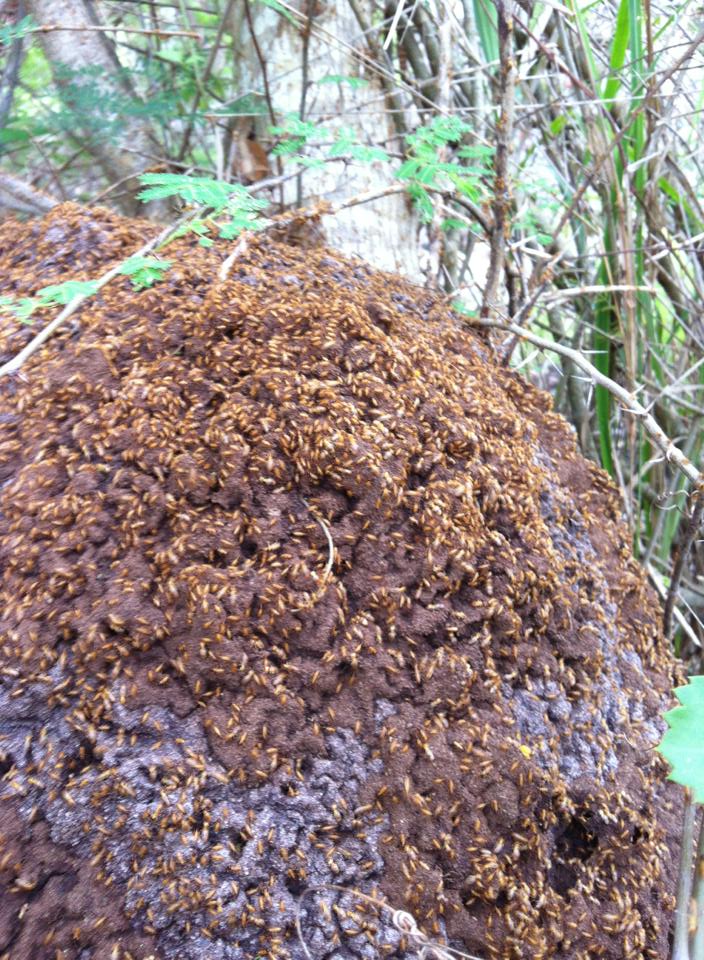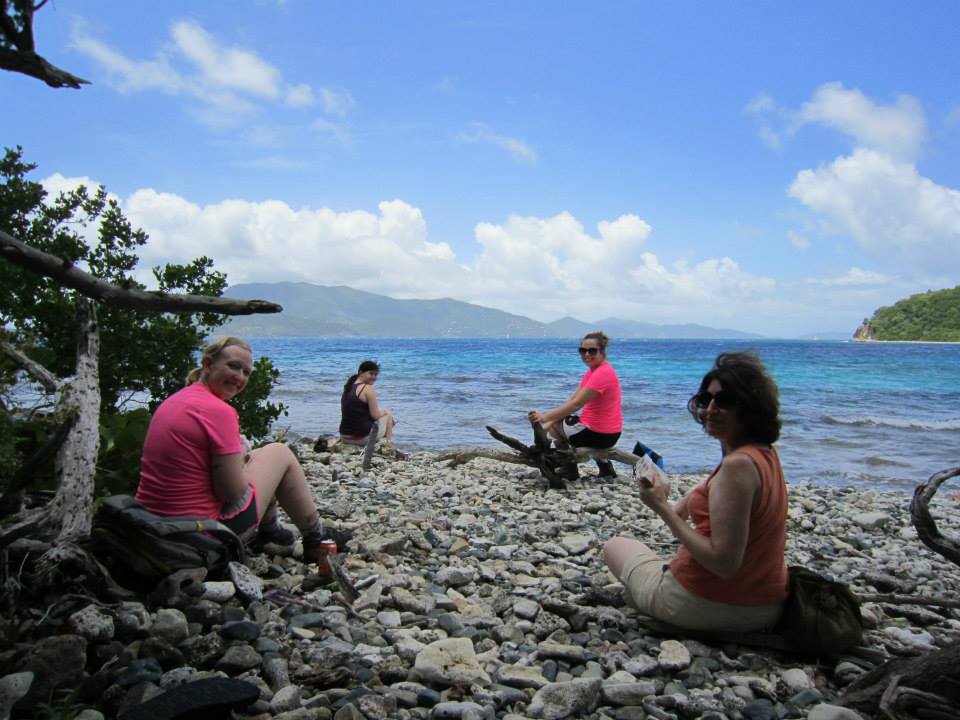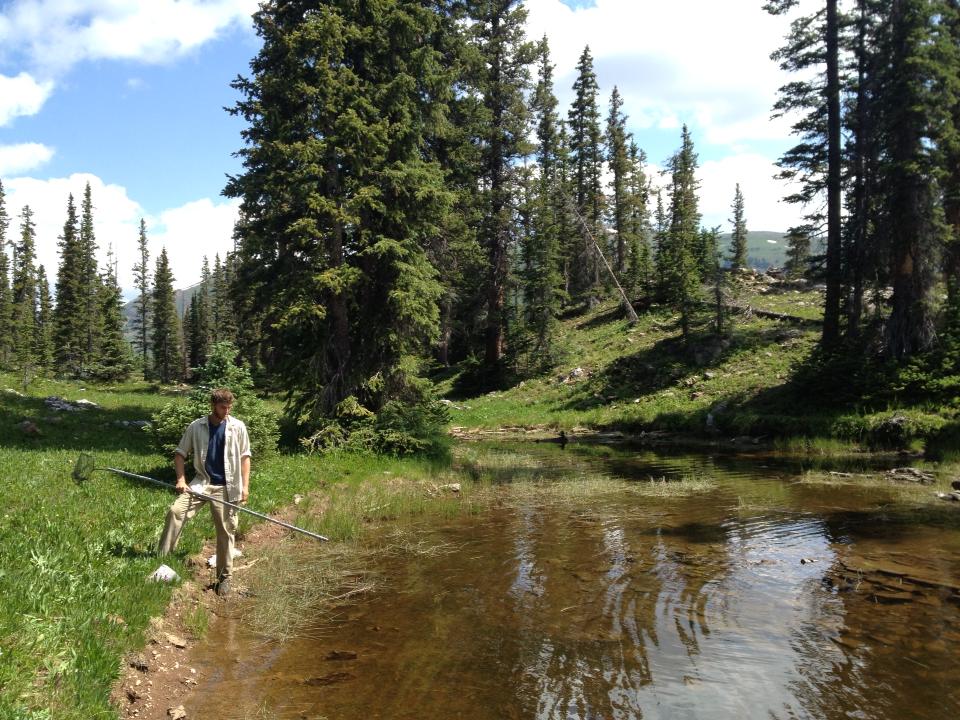|
2013 BioMaPS Projects |
|
|
|
Student Fellows: Adam Kiser (Mathematics/Sec. Cert.) and Christian Brown (Wildlife & Conservation Biology) Faculty Advisors: Dr. Kate He (Biology) and
Dr.
Chris Mecklin (Mathematics & Statistics)
An
analysis
of tiger salamander (Ambystoma
tigrinum
nebulosum) survival based on body size and other
covariates.
Polyphenisms occur when populations exhibit alternative, discrete phenotypes in response to environmental variation, and are examples of phenotypic plasticity. This phenomenon is thought to be adaptive because it allows quicker response to environmental shifts than those that are genetically fixed. However, few studies have quantified the fitness consequences of polyphenisms. Ambystoma tigrinum nebulosum (Arizona Tiger salamander) inhabits montane ecosystems throughout Colorado, Utah, Arizona, and New Mexico. This species is polyphenic, in that genotypic variation coupled with environmental stimuli trigger two distinguishable adult forms (metamorphic and paedomorphic), which is termed facultative paedomorphosis. Using a capture-recapture database started in 1988, we analyzed survivorship of the Mexican Cut population to test hypotheses about how survival, one component of fitness, varies within this population. MARK was used to estimate survivorship of the salamanders based on parameters such as sex, morph, and size. To incorporate size, we used the ratio of mass to snout-vent length defined as body condition, which was categorized into four size classes. We found that the medium size class had lower survival than other size classes, irrespective of morph, and that neither morph nor sex appears to have a major impact on survival.
|
|
Student Fellows: Victoria Darling (Biology/Pre-Medical) and Kayla Stringfield (Biology/Pre Dental/Mathematics) Faculty Advisors: Dr. Claire Fuller (Biology) and
Dr.
Donald Adongo (Mathematics
& Statistics) Dispersal in a tropical degrader, Nasutitermes acajutlae Degraders form the basis of the food web; in the tropics, up to 30% of degradation occurs via termites. Termites are highly vulnerable to changes in their microclimate, particularly changes in temperature and relative humidity (RH); these abiotic conditions are subject to gradual long term changes due to anthropogenic climate change. We are examining the long term rates of survival and reproduction of the tropical termite, Nasutitermes acajutlae in different microhabitats and whether termites are able to adapt to changing conditions or disperse to environments that are similar to their initial habitat. We are taking a two pronged approach: first, we are developing models to determine how abiotic conditions affect termite survival and reproduction using differential equations. These models are based on 12 years of data from 100+ termite colonies in our Caribbean field sites. Second, we are developing microsatellite markers to examine relationships between genetic diversity, movement patterns and abiotic conditions for these same colonies; we have DNA for many of these colonies that date back to 1999. We have found 6 microsatellite primers that work in N. acajutlae and begun to optimize them. The results of these studies will allow us to assess the ability of N. acajutlae to adapt to climate change. 
 
|
|
|
|
| Back to Biomathematics Home Page | College of Science Engineering & Technology | |



